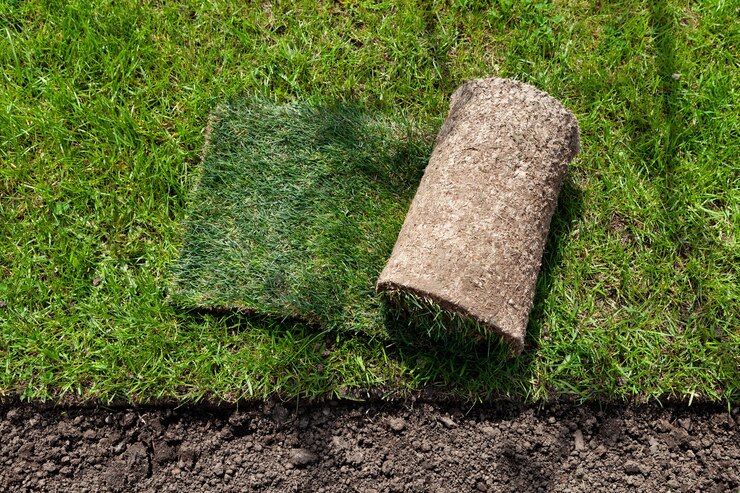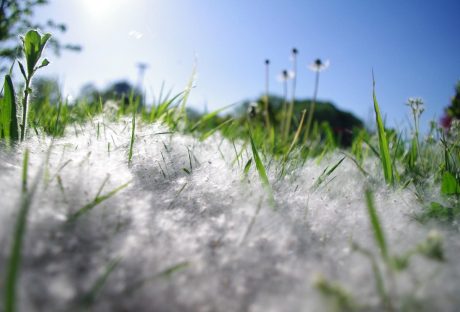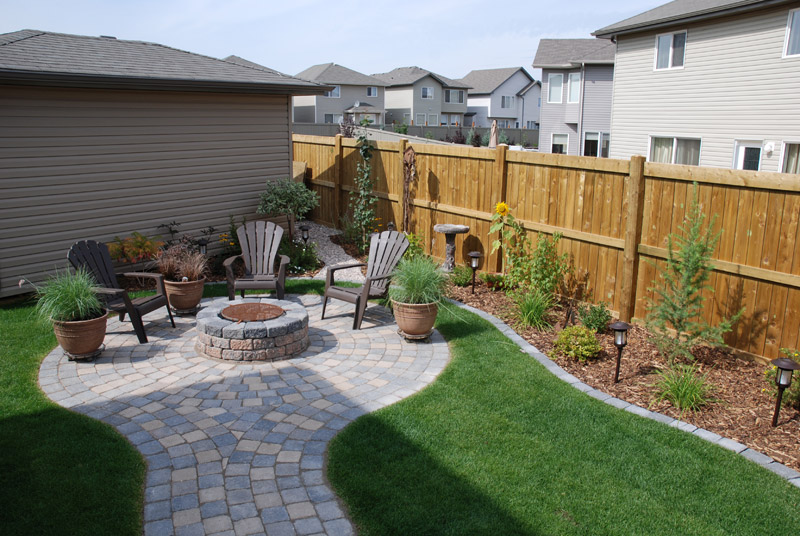Artificial grass has many benefits compared to classic lawns with natural sod.
One of the main advantages is the possibility of recycling, which is especially important for environmentally conscious customers. Also, it does not need watering and fertilizers, which is another way it contributes to the Earth’s well-being.
By looking at the financial side of installing an artificial lawn, you can conclude it is a profitable investment. Namely, synthetic turf is very long-lasting. With minimal maintenance, it can stay in good condition for more than 20 years. In high-traffic areas, this lifespan is shorter. So eventually, it has to be replaced at some point.
Now the question is what to do with the old grass. A few years ago, you had probably first thought of taking it to the landfill. And now that you know artificial turf can be recycled, you know what to do. You can run into companies that buy old turf as raw materials and find it a new purpose.
Which Parts of Artificial Turf Are Recycled?

Until a few years ago, artificial turf was not recycled. The main reason was the lack of adequate equipment for that. Today, thanks to innovative technologies, it is possible to sort recyclable materials from synthetic turf and send them to further processing.
This modern equipment separates the plastic from the synthetic blades and removes the infill materials. These are mostly natural materials that certainly do not harm the environment, such as different types of sand, artificial turf, and even natural sod. So, it is perfectly safe to dispose of them.
Considering the volume and complexity of work that recycling machines do, they are quite expensive. And it is clear why only a small number of companies recycle artificial grass. So, when you look for companies that recycle synthetic grass, you will not have to wander around. Just perform good research to find reputable and reliable ones.
Recycling Process
Companies like Artificial Grass Recyclers are in the business of giving synthetic grass a new purpose. They realized the potential of recycling, so they invested heavily in the right equipment and people trained to operate these machines.
The recycling process itself is quite streamlined. As already said, these companies collect all the synthetic grass that home and business owners no longer want in their yards and facilities. Depending on the amounts, they usually transport it to recycling plants, where the already-mentioned separation is done.
Infill materials are disposed of, while recyclable components go into further processing. Polyurethane, polypropylene, and latex undergo re-pelletizing. It means that these pieces of plastic are cut, melted, and flattened into thin pellets. These are like raw materials for new products, among other things, pads for different settings.
What Are New Uses of Recycled Artificial Grass

Recycled grass can get a new life in many different ways. For starters, it can once again become a lawn for residential settings. Apart from being made from recycled materials, this turf is no different from ‘regular’ synthetic grass. The only ‘problem’ can be if the new turf is made from recycled pitches from sports fields. Then it is most likely necessary to paint these surfaces.
Besides houses and buildings, recycled turf can be an excellent flooring for terraces, porches, and outdoor settings like playgrounds, animal shelters, dog parks, etc. That is where the recycled rubber infill also comes in handy. Apart from being reused as turf infill, this material can be used for roads, as a construction material, and for industrial purposes.
Recycled artificial grass can be an efficient energy source. Pieces of pellets obtained by processing synthetic turf can emit a significant amount of energy. However, this use is not exactly ecological due to the by-products of burning plastic. So, it is always better to consider other, more eco-friendly ways of use.
Benefits of Reusing Artificial Grass
Using synthetic grass instead of natural grass has many advantages. And if you continue using it after it has been given new life by recycling, you will enjoy even more benefits. For starters, it is a significant saving in your landscaping budget, considering that recycled turf costs less than new one. Here you can find a handy buying guide.
Besides, you drop your carbon footprint. In addition to decreasing the amount of plastic waste in nature, you contribute to reducing pollution. That is because artificial turf, even when second-hand, does not require watering, chemicals, and fertilizers.
Finally, we should not forget the various possibilities when it comes to the design of your yard. Throughout the year, you will have a lush, eye-catching lawn that looks brand new. No one would ever suspect it is second-hand.
Once the time comes to install or replace turf, one alternative to consider is recycled synthetic turf. It has many benefits, and it will also be easy on your wallet. Plus, it will look good all year round, even with minimal maintenance.
Read Al






















